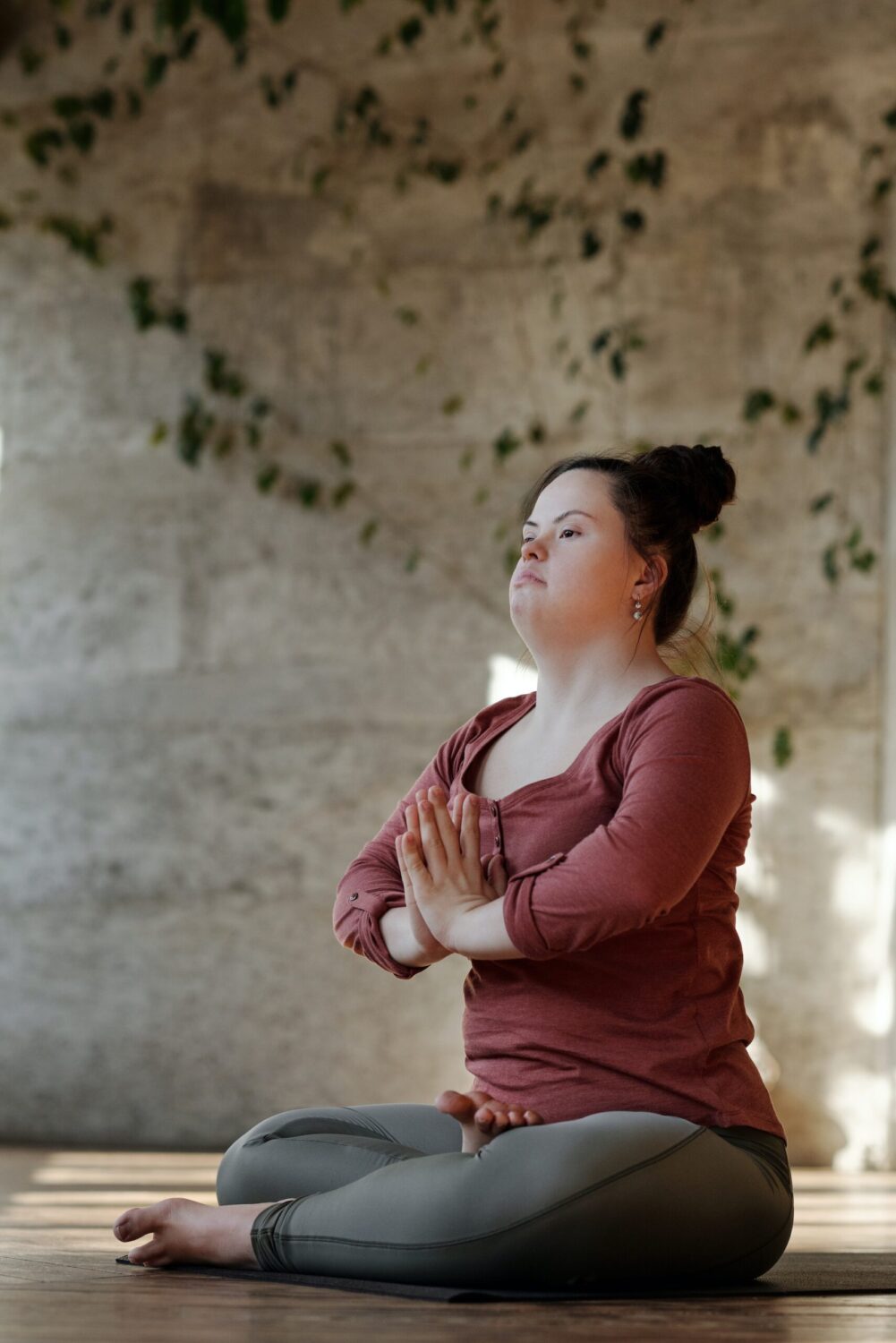Yoga is a powerful practice that can unlock incredible potential and growth. On the path to personal development, mantra is an important tool that can help to deepen your experience of yoga and lead to improved physical, mental, and emotional well-being. For all yoga practitioners, learning and mastering mantras, as well as understanding how they can be used in different practices, is a skill that can enhance the depth and power of your practice. In this guide, we will look at what mantra is, the various kinds of mantras, and how to use mantra effectively to deepen your yoga experience.
What Is Mantra?
Mantra is an ancient, sacred term from the Vedic tradition meaning “manifestation of thought”. A mantra is a tool made up of words and syllables that is repeated to evoke a certain experience. Mantras are often used to tap into higher consciousness, as well as for restoring and sustaining balance in physical, mental, and emotional states.
Mantra has been used for centuries by yogis and meditation practitioners in India and beyond. Its power lies in its ability to impart clarity and strength to the mind, enabling the practitioner to reach a higher level of consciousness. In the yogic tradition, mantra is used to create a bridge between the meditator and the Absolute, or the Spirit. Mantras are whispered, chanted, and sung, which helps to enhance the focused energy and clear the mind of distractions.
Types of Mantras
When it comes to practicing mantra, there are various kinds of mantras available. Most mantras are written in Sanskrit, but English or other languages can be used. Here are a few of the primary types of mantra:
Bija Mantras – Bija mantras, also known as seed mantras, are short, single-syllable sounds that pack a lot of power when repeated. This type of mantra helps to unlock mental and emotional blockages and connect to higher consciousness.
Gayatri Mantra – The Gayatri mantra is one the oldest, most important, and widely used mantras in the yogic tradition. Consisting of 24 syllables, it is meant to help the practitioner receive divine inspiration from within.
Namaste – Namaste is a Sanskrit greeting used in India and other countries by yogis and adherents of other Eastern spiritual practices. Namaste means “I bow to you” and is used to show respect and compassion for the person being greeted.
Guru Mantras – Guru mantras are mantras that honor the teachings of a guru. They should be used by yogis with the intention of seeking guidance or direction from the guru in order to advance in their practice.
How to Practice Mantra Effectively
In order to practice mantra effectively, it’s important to remember that concentration and focus are key. Before beginning to recite your mantra, make sure you are comfortable and relaxed. If you are sitting, it is important to make sure your back is straight, shoulders relaxed, and eyes lightly closed. Once comfortable, take a few moments to inhale and exhale deeply; then close your eyes and focus internally.
Now that you are in a deep state of concentration, speak your mantra slowly. Follow the rhythm of your breath and repeat the mantra in time. Feel the connection between your breath, your voice, and the power of your mantra.
With practice, your ability to concentrate will increase. This is key to deepening your experience of mantra, so keep your mantra practice consistent. After each mantra is complete, take a few moments to sit in meditation, allowing time for the energies of the practice to manifest in your body. Allow the power of mantra to fill you with inner peace, balance, and strength.
Conclusion
Using mantra in your yoga practice is a powerful way to cultivate a deeper connection to your true nature. The practice of mantra can help to improve concentration, increase focus, and inspire personal growth. With devotion and practice, you can unlock the power of mantra to enhance and deepen your yoga experience.

